Family Diomedeidae Phylum Chordata | Scientific name Diomedea | |
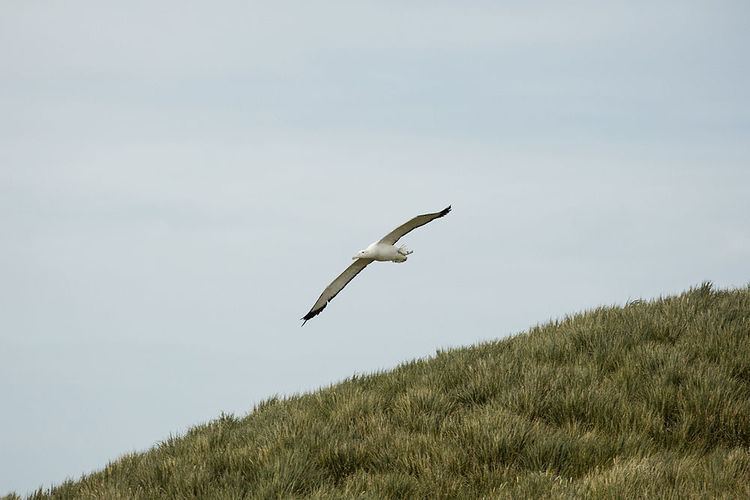 | ||
Genus DiomedeaLinnaeus, 1758 Wingspan Southern royal albatross: 2.9 – 3.3 m Mass Southern royal albatross: 8.5 kg Lifespan Southern royal albatross: 42 years Length Southern royal albatross: 1.1 – 1.2 m Lower classifications Wandering albatross, Southern royal albatross, Tristan albatross, Amsterdam albatross | ||
The great albatrosses are seabirds in the genus Diomedea in the albatross family. The genus Diomedea formerly included all albatrosses except the sooty albatrosses, but in 1996 the genus was split, with the mollymawks and the North Pacific albatrosses both being elevated to separate genera. The great albatrosses themselves form two species complexes, the wandering and Amsterdam albatrosses, and the royal albatrosses. The splitting of the great albatrosses into six or seven species has been accepted by most, though not all authorities.
Contents
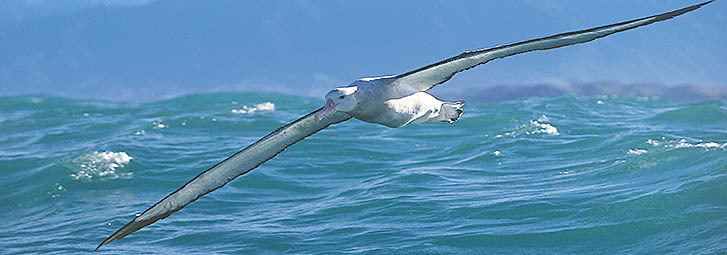
Etymology
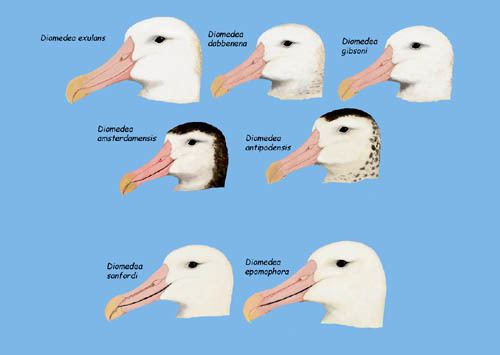
Diomedea comes from the Greek hero Diomedes, who, according to legend, was driven by a storm to Italy and was stranded with his companions who were turned to birds.
Description
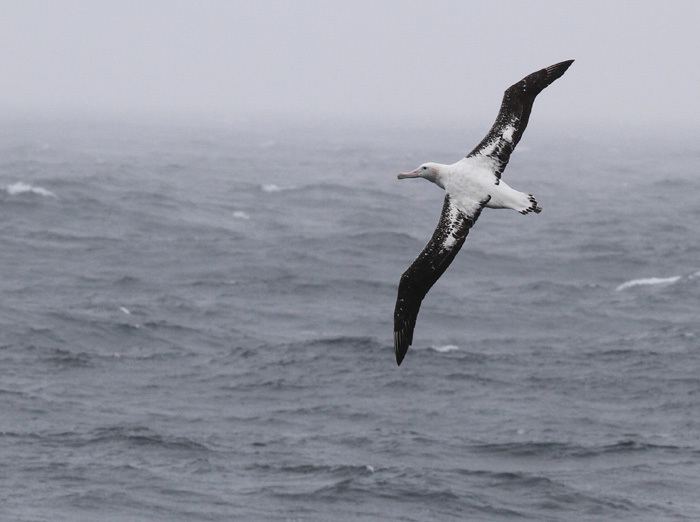
The wandering albatross and the southern royal albatross are the largest of the albatrosses and are amongst the largest of flying birds. They have the largest wingspans of any bird, being up to 3.5 m (11 ft) from tip to tip, although the average is a little over 3 m (9.8 ft). Large adult males of these two species may exceed 11 kg (24 lb) in weight, as heavy as a large swan.
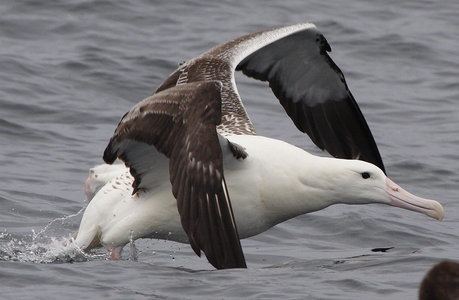
The great albatrosses are predominantly white in plumage as adults, with birds becoming whiter as they age. The two royal albatrosses at all ages and the larger, older male wandering albatrosses are totally white-bodied, while adult females and younger animals of the other species have dark pencilling marks on the edges of their feathers. Generally the smaller species or subspecies and the juveniles have more dark brown colour. The recently discovered Amsterdam albatross retains the dark brown plumage of juvenile birds into adulthood.
Habitat and range
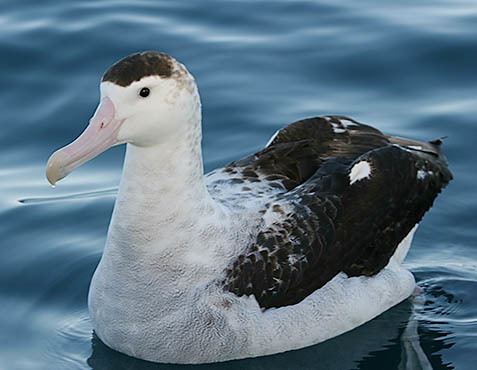
The great albatrosses range across the Southern Ocean, and nest (for the most part) on isolated oceanic islands. The wandering albatrosses nest on islands around the Southern Ocean, from the Atlantic Ocean (South Georgia and Tristan da Cunha), to the Indian Ocean and New Zealand's Subantarctic islands. The royal albatrosses nest only on New Zealand's Subantarctic islands, with one unusual colony on New Zealand's Otago Peninsula.
Systematics and evolution
Genus Diomedea – great albatrosses

The earliest known fossils of the genus are from the Middle Miocene, about 12–15 mya. By that time, the genera Phoebastria and Diomedea had already diverged.
Fossil species
At least four species were found in the Early Pliocene deposits of Lee Creek Mine, North Carolina in the US. These may in part be identical with the forms mentioned above. Assignment of the undescribed taxa to Diomedea is tentative since most of them were discovered before the splitting of this genus. Especially the Southern Hemisphere species probably belong to other genera.
